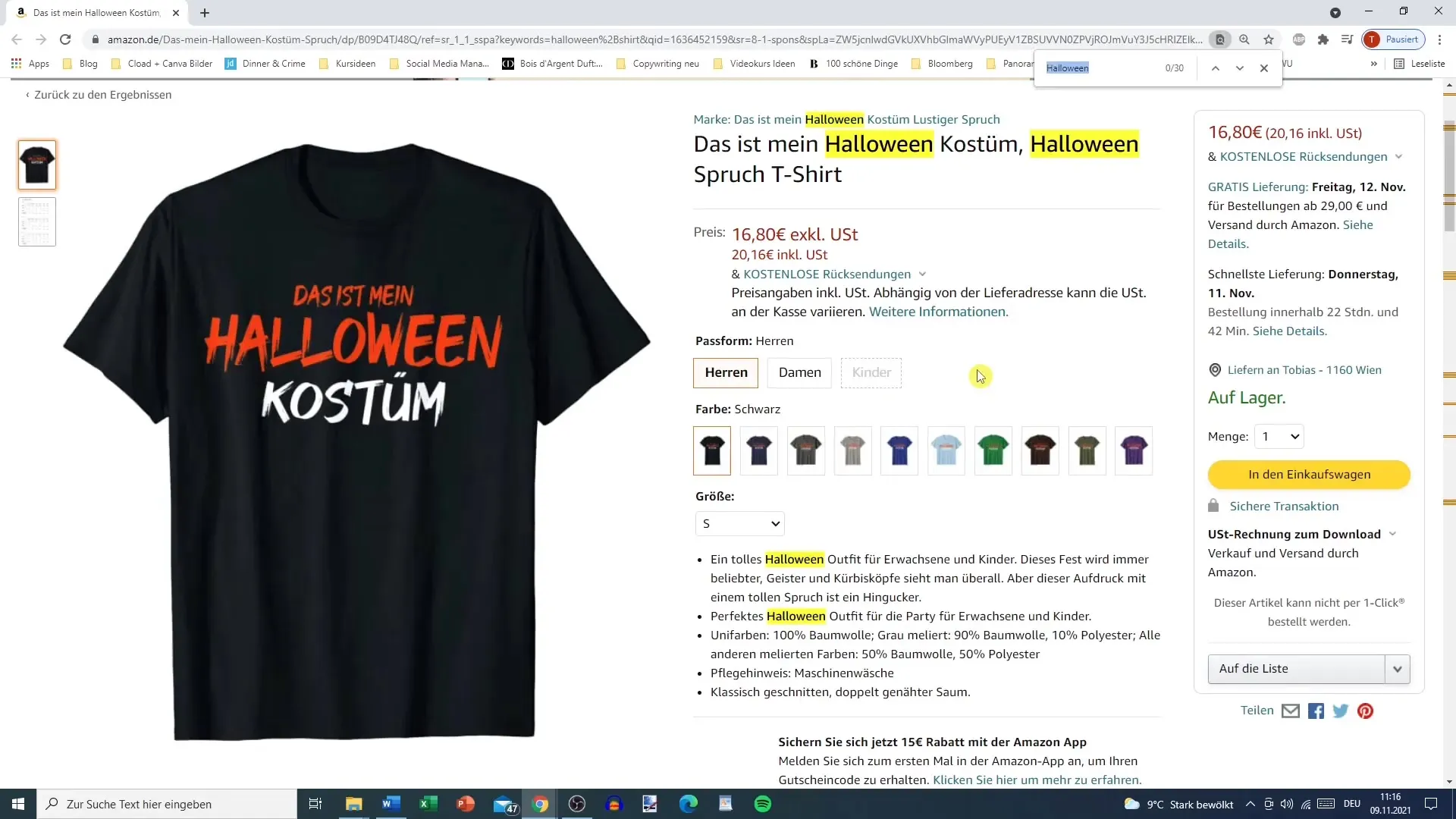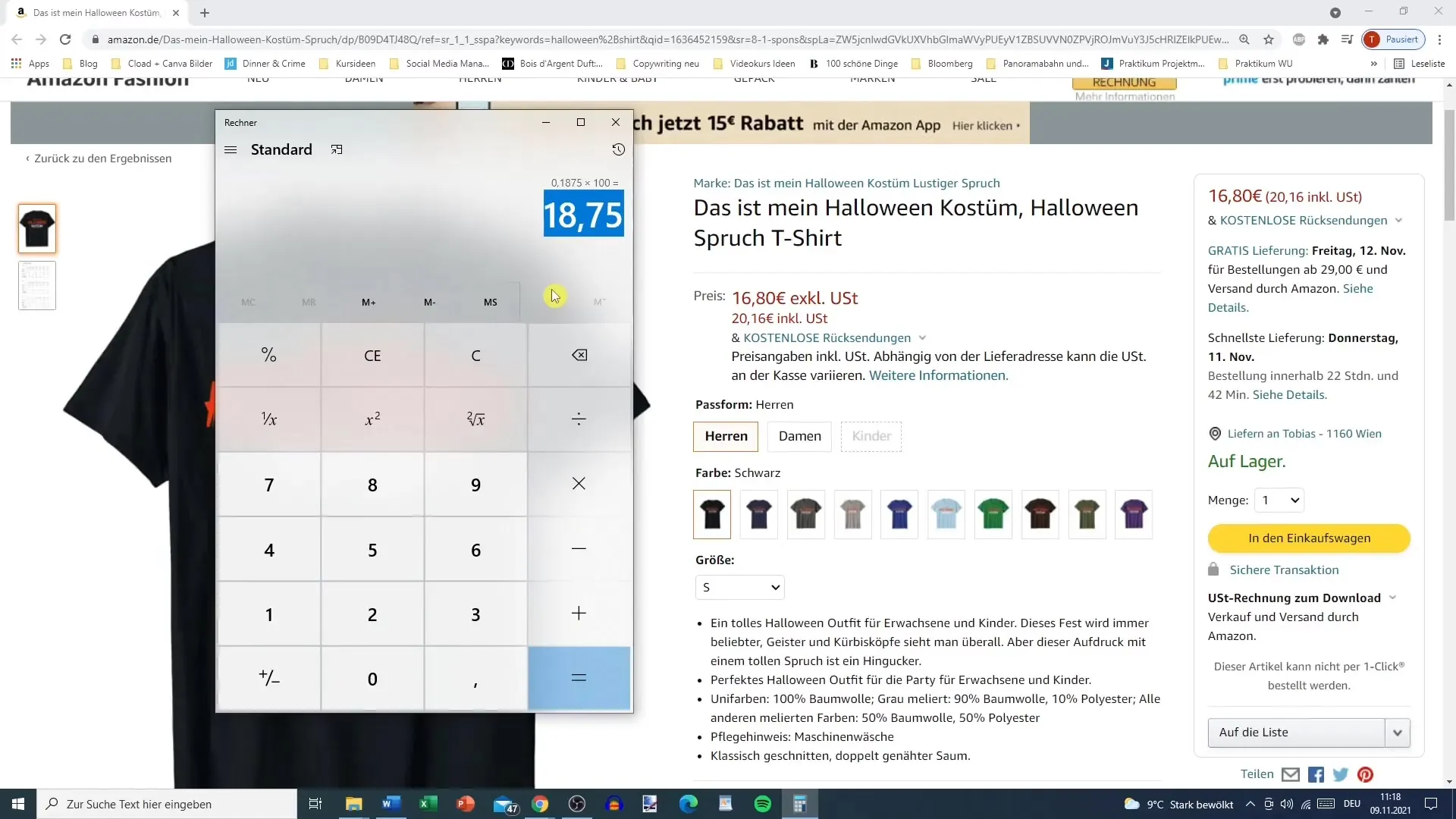In the field of copywriting, it is crucial that your texts are both appealing and well-optimized for search engines. While it is important to use the right keywords, excessive use of these terms can lead to issues. This text guide addresses the issue of keyword spamming and explains how you can effectively incorporate keywords into your texts without relying too heavily on them.
Key Takeaways
- High keyword density can have negative effects on ranking.
- Keyword spamming distracts readers and can create the impression that the text is poorly written.
- A balanced use of keywords is the key to engaging and effective texts.
Step-by-Step Guide
1. Check the Keyword Density
First, you should check the keyword density of your texts. This will give you a clear overview of how often the main keyword – in this case, "Halloween" – is used. An easy method to do this is by opening the search function in your document. Press Ctrl + F or Command + F and enter the keyword to find out how many times it appears.

If you find the keyword in a product description, make sure to not only count the total number of times it appears, but also consider the context in which it is used. If it appears multiple times in a short text segment, it might be a sign of keyword spamming.

2. Analyze the Overall Text
After determining the keyword density, you should analyze the entire text. Look for additional repetitions of the keyword in different text parts such as titles, descriptions, and subheadings. This will help you understand if you have a balanced distribution of keywords.

In many cases, high keyword density is mistakenly viewed as a positive. It often exceeds the recommended percentage, leading to densities of up to 18.75%. This poses the risk of Google and other search engines starting to penalize these texts because they are perceived as spam.

3. Stick to the Recommended Density Values
For an effective keyword strategy, the keyword density should ideally range from 1% to 5%. In an average product text, this may mean that the main keyword should appear once within the title or description. This leaves a better impression on search engines that value quality content.

A good example would be a product description where the keyword "Halloween" appears two to three times, while the rest of the text remains clear and fluid. This avoids giving the reader the feeling that the text seems unnatural or solely aimed at achieving a better ranking.
4. Craft Engaging Texts
Prepare your text in a way that captivates the reader and provides value. Use a casual language and make it easy for your audience to follow your train of thought. Avoid repeating the keyword over and over again. Instead of constantly using the term, incorporate synonyms and related words.
The goal should always be to present an engaging text that feels natural and informative. This means prioritizing content quality while also ensuring that relevant keywords are naturally integrated.
Summary
In this guide, you have learned about the importance of a balanced use of keywords for successful texts. Unnecessary keyword spamming can negatively impact ranking and confuse readers. A high-quality text that integrates keywords appropriately is the key to effective copywriting.
Frequently Asked Questions
What should the ideal keyword density be?The recommended keyword density ranges from 1% to 5%.
What happens if I use too many keywords?A high number of keywords can lead to punishment by search engines.
How can I find the right balance in using keywords?Use keywords vividly and not excessively; also incorporate synonyms.
How can I better engage my audience?Use a casual language and write informatively and relevatly.
Why are keywords important for my ranking?Keywords help search engines understand what your text is about and enhance discoverability.


